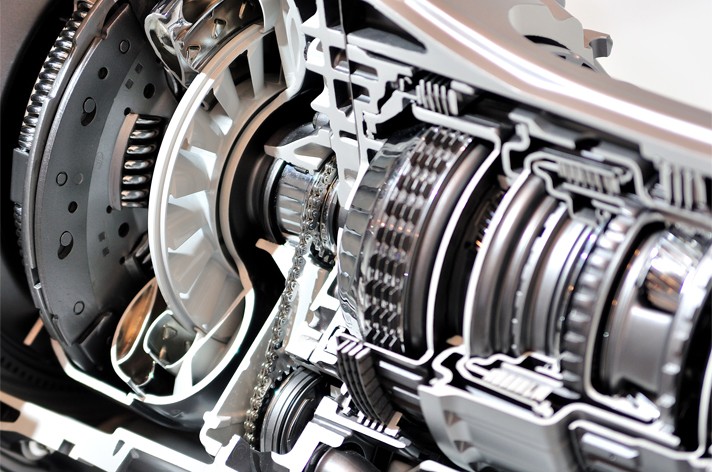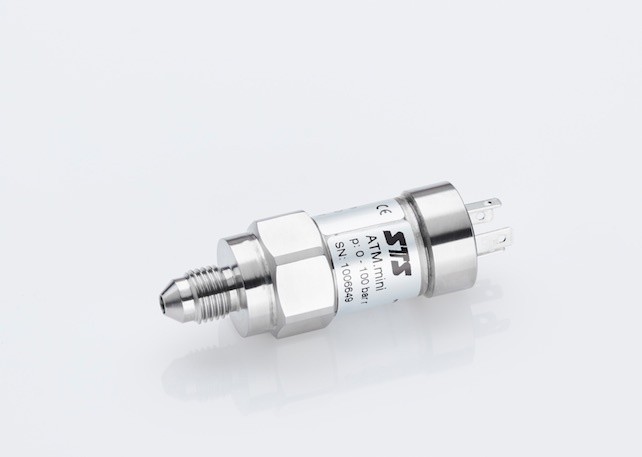
Preventing Corrosion Caused by Aggressive Liquids in the Food Industry
When testing proportional pressure regulators as part of the development of complex hydraulic systems, high impulse capability and precision are required from the pressure measurement sensors employed.
Carbonic acid and alcohol can put a strain on measuring equipment. A manufacturer of automatic in-line and laboratory liquid analyzers has approached STS to find a durable and accurate pressure transmitter.
When exposed to aggressive fluids such as alcohol or carbonic acid, standard materials suffer from corrosion. For example, carbonic acid causes an increase in the hydron (H +) concentration and therefore leads to hydrogen corrosion. Once the corrosion eats through the membrane of the pressure sensor, it becomes unusable. That is why regular stainless steel will not suffice for applications with high levels of carbonic acid.
Other than being highly corrosion-resistant, the pressure sensor for this particular application in a bottling plant has to be able to deal with extremely low pressures close to a vacuum. As this application is part of the food industry, hygiene standards are very high. The near-vacuum conditions that the equipment is regularly exposed to is part of the sterilization process (similar, although not as extreme, as what happens in an autoclave). Low pressures below 0 bar can present a danger to the integrity of pressure sensors. The vacuum may cause the membrane to be sucked off from it position in the sensor. False measuring results or a completely broken sensor are the consequence.
Due to these requirements, we had to assemble a customized solution for this manufacturer of automatic in-line and laboratory liquid analyzers based on the pressure transmitter ATM.ECO. As material, we chose an extremely corrosion-resistant Hastelloy steel. To ensure membrane stability during low pressure conditions, we applied a special glue to fixate the membrane in place.
Since the pressure transmitter operates under room temperature conditions in this application, no special temperature compensation was necessary. The accuracy of 0,25 percent of the total scale is also more than enough for this particular application. The full scale ranges from 1 to 15,000 psi and is hence perfectly suitable for low pressure.

